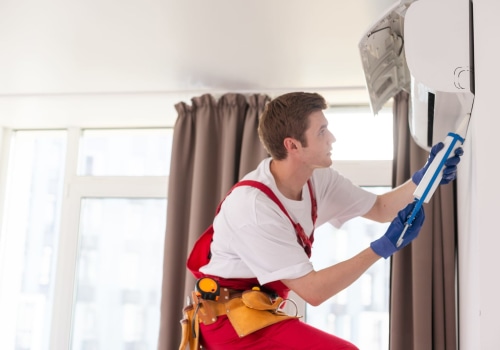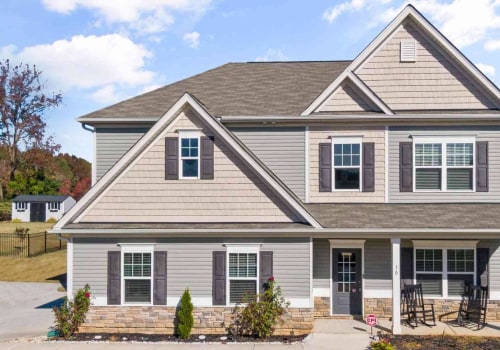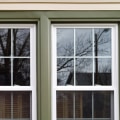Many homeowners worry that installing windows in cold weather will make their homes look like a refrigerator. However, this isn't the case for window contractors who know what they're doing. By choosing winter, you can avoid the rush and install windows during the off-season. Having windows at a time of lower traffic means shorter waiting times and more flexibility in scheduling, so you can get your windows installed sooner.
Many companies also offer discounts and special offers during the winter, so it's a great time to replace windows and doors. There are also fewer delays in manufacturing, shipping, and installation. Thermal bridges around windows and doors cause energy losses, cold spots, dew points, and potential damage to walls. To demonstrate the importance of placing windows and doors in relation to the outside of the wall, we conducted some thermal transmission tests with the following results.
To reduce heat flow, metal frames must have a thermal break - an insulating plastic strip placed between the inside and outside of the frame and sheet. If your region rarely experiences extreme weather conditions, you can save money by deciding to start replacing windows during the colder months. In addition to reduced replacement quotes, a drop in demand could also mean that your wait time is shorter than if you had ordered windows in summer. As for the ideal placement of windows inside a wall assembly, if you are looking for the best performance of your windows and want to reduce the formation of thermal bridges through the rough opening, it is best to place them slightly indoors.
If you were to replace windows, you would undoubtedly buy triple panels due to their efficiency and convenience, but you don't need more than one window per opening if that's your question. There are also plenty of window frame options to choose from for both performance and aesthetics, with a variety of cost and performance differences. Installing new windows now will solve your problems with winter windows and make your home more comfortable during the rest of the winter, in addition to contributing to your home's energy efficiency by reducing heat loss. This technique greatly reduces the formation of thermal bridges and allows panels to be installed with shorter and much cheaper screws. When there is an interruption under extreme conditions, construction can begin and your contractor can install the new windows.
Eric has been working for Marvin Windows and Doors since March 1984 and has trained thousands of installers at the Warroad, Minnesota facility and on his travels that have taken him all over the world. With snow starting to fall, you might be wondering if you won't have luck replacing your windows until spring. This is valid for any season of the year, and replacing windows in winter will not differ from summer installations. Often, homeowners choose to install windows when temperatures first drop in early fall as they notice problems with inefficient windows.







